Titanic Photos- These Rare Images Will Give You Goosebumps

The RMS Titanic, one of three Olympic-class ocean liners built around the turn of the century, was marketed before her maiden voyage as the “unsinkable ship.” She was built using the latest technologies, including steel rivets, which were more durable than their iron counterparts. People from all walks of life – poor immigrants to the rich and famous elite – bought tickets for the luxury ship’s maiden voyage. Some were headed for a new life in America. Others were returning home from business. Others were seeking a fun, maritime vacation.
On the evening of April 14th, 1912, all of these plans came to a screeching halt when the Titanic, the unsinkable ship, struck an iceberg and sank in under three hours. There is no record of these events beyond the stories from survivors, but these photos can give one an idea of what it must have been like to be aboard the doomed ship. Take a look at these rare Titanic photos, and try not to shiver as you think of what it must have been like that fateful night.
Let us know what you think in the comments and don’t forget to SHARE these great pictures with your fellow history buffs and ship enthusiasts.
She Was Called 'Titanic' for a Reason
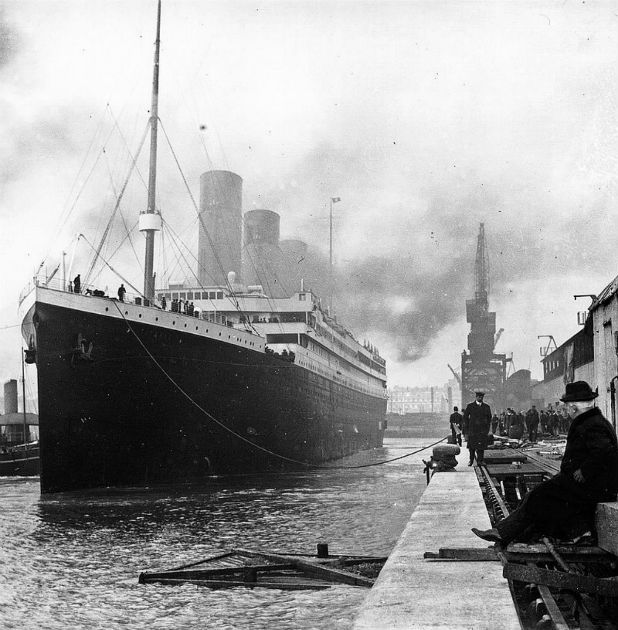
The RMS Titanic was the biggest passenger vessel in the world when it was unveiled in 1912. At 882 feet in length, 175 feet in height, and 46,328 tons in weight, there was simply nothing like it. The ship’s massive size added to its almost mythological aura, and made the ship’s sinking even more shocking.
It Could Have Been Even Worse
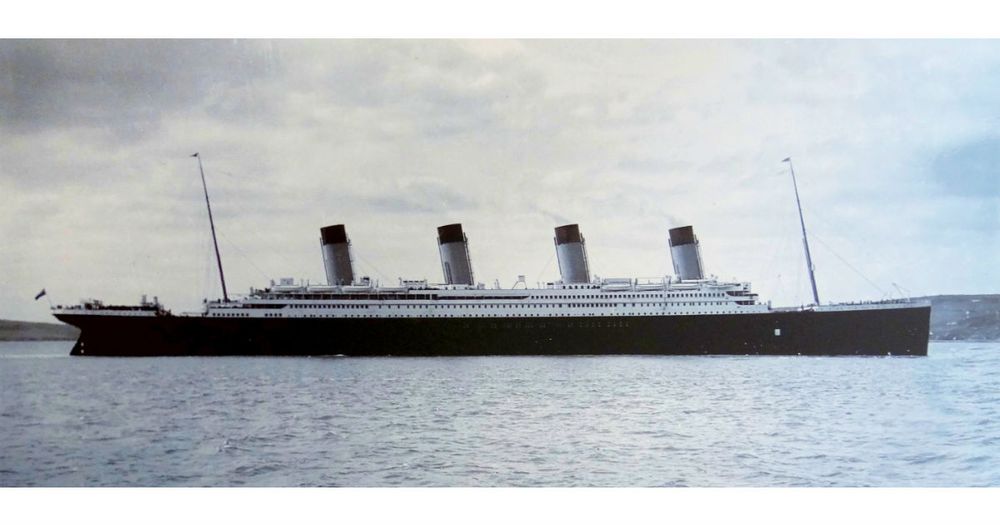
The sinking of the Titanic was one of the greatest tragedies in modern history, with only 710 survivors out of the 2,224 on board. While the loss of life was widely mourned, and has gone down in history, the tragedy could have actually been much greater. However, as Titanic was well under capacity for her maiden voyage- Her maximum capacity was actually 3,327.
Third Class Died First
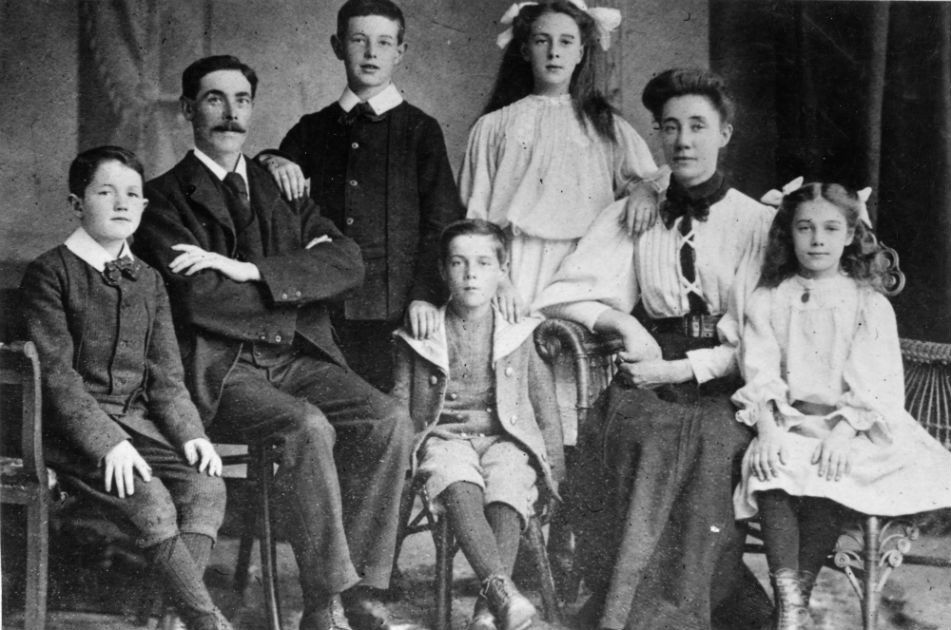
Many of the passengers on the ship were third-class families, looking to start new lives in America. These passengers’ quarters were towards the bottom of the ship, and were among the first to be flooded. There were gates in the stairwells that were locked to keep third class separate from the others. Because the stewards didn’t have time to open all of the gates amidst the chaos, many of these passengers became trapped below decks and drowned.
Ticket Prices Were Unthinkably High
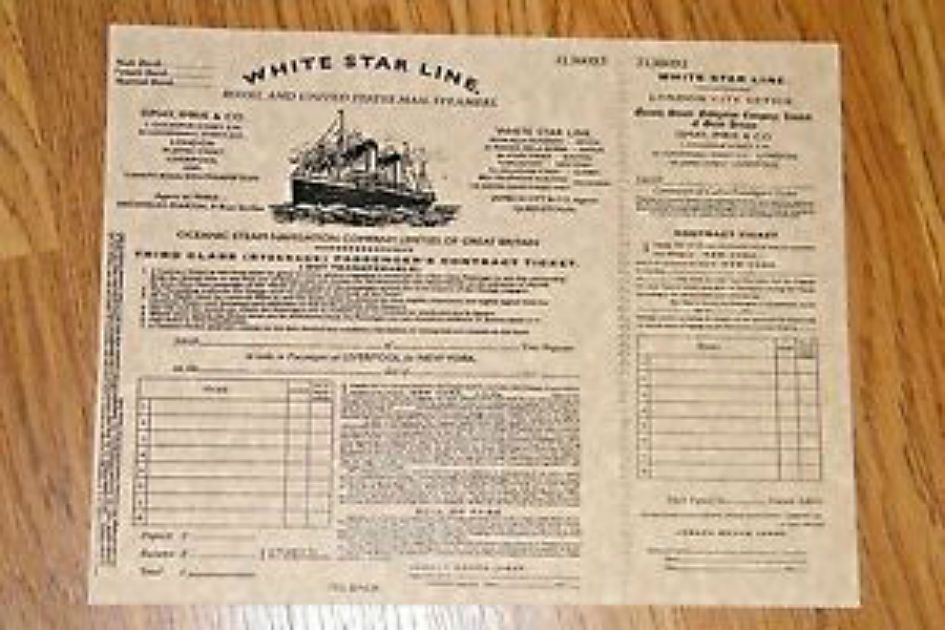
As a luxury passenger vessel, the ticket price for Titanic was high. First-class tickets ranged from $30 to $4,350 ($775 to $112,000 today). Second-class tickets cost between $12 and $60 ($300-$1,500 today), and third-class tickets were between $8 and $40 ($200-$1,100 today). Even when taking inflation into account, those are some pricey tickets.
The Disaster Was Predicted
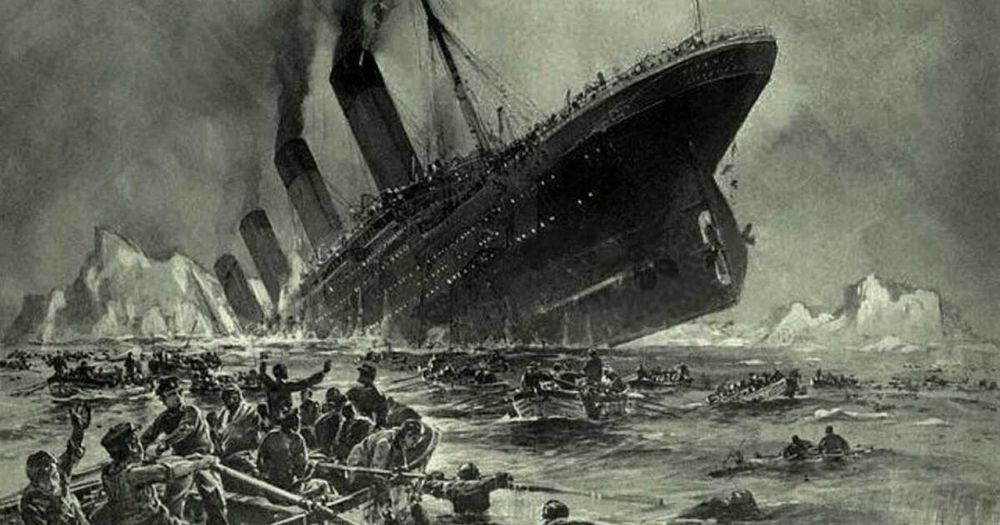
Fourteen years before Titanic’s maiden voyage, author Morgan Robertson wrote a novel called The Wreck of the Titan- Or, Futility, which was about the largest ship in the world meeting disaster. The ship in the fictional story was called the Titan. Its measurements were nearly identical to Titanic, as were the speeds they were going when they met disaster. Also, both struck an iceberg on the starboard side. They also both sank in April, at the exact same location, with as few lifeboats as the law allowed. Though people credited him with clairvoyance, Robertson claimed that he simply had an extensive knowledge of ships and sailing.
RMS Stands for Something You Wouldn't Expect
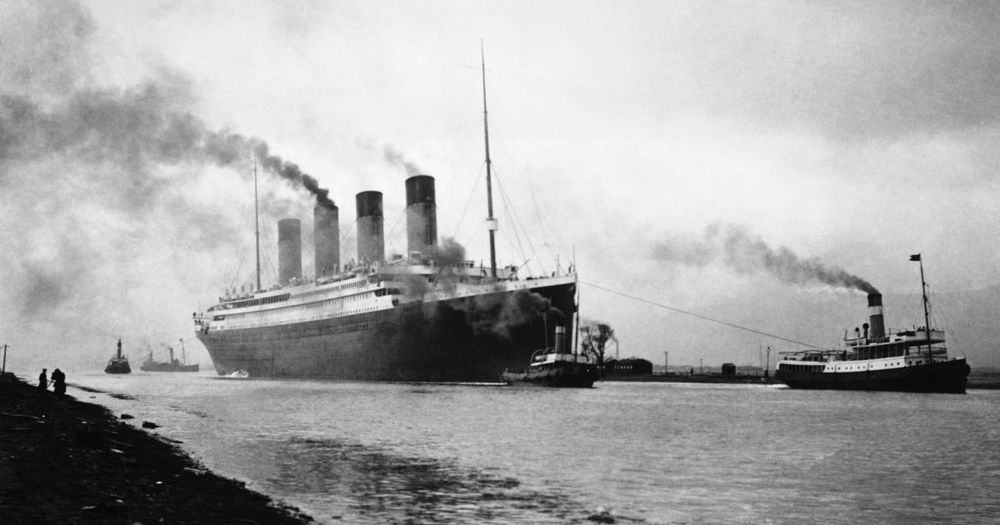
At the time of Titanic’s voyage, all British ships carried the letters RMS, which stood for Royal Mail Ship. The term dates back to 1840, when only the fastest and most reliable ships were contracted by the British government to carry mail. The RMS prefix came to be known as a sign of distinction and quality.
The Crew Was Dutiful to a Fault
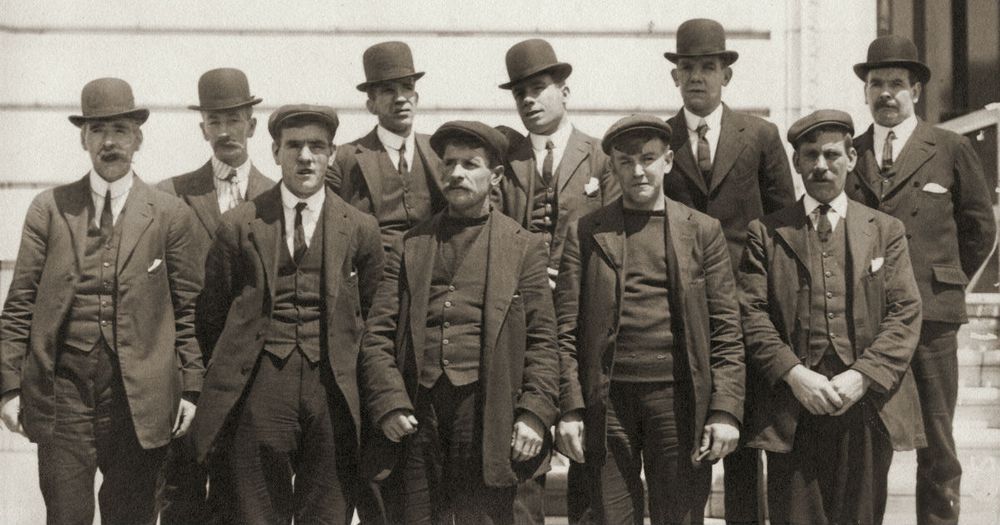
There were 908 crew members on board Titanic. A higher percentage of the crew members died than any group aside from second- and third-class men. Many of them were lost as the boiler rooms flooded in the initial impact; others were killed trying to save passengers from below decks. All five postmen died trying to save the mail they had been charged to protect.
Many of the Men Knew They Would Not Survive
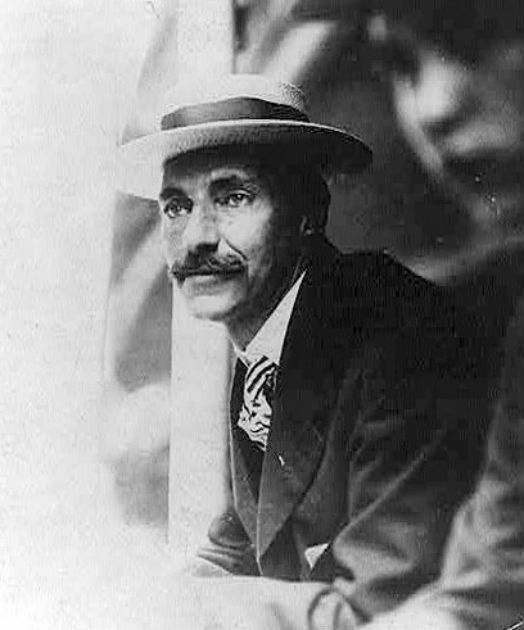
John Jacob Astor IV was the wealthiest passenger on board. He had an estimated net worth of $85 million. (That’s approximately $2 billion today.) He was traveling with his pregnant wife, who he helped load onto a lifeboat through a side window. He said to her; “The sea is calm. You’ll be all right. You’re in good hands. I’ll meet you in the morning.” Those were his last words to her. He died when the ship sank.
Many More Almost Went Down
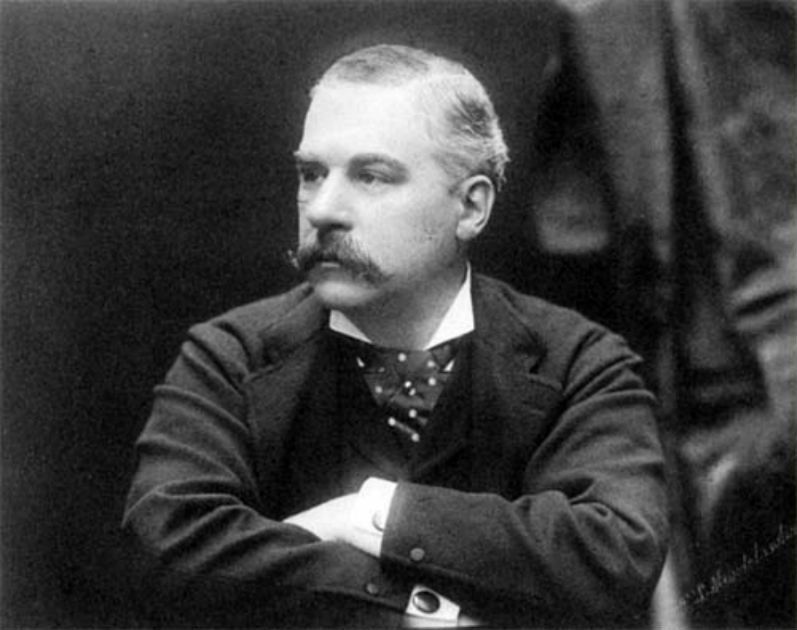
Many famous people purchased tickets for the journey but did not actually sail. These included Hershey’s Chocolate founder Milton S. Hershey, pioneering inventor Guglielmo Marconi, and J.P. Morgan, the American banking and steel magnate. It’s safe to say the future of the 20th century may have been very different had these men boarded.
The Ship Ran on Coal Fuel
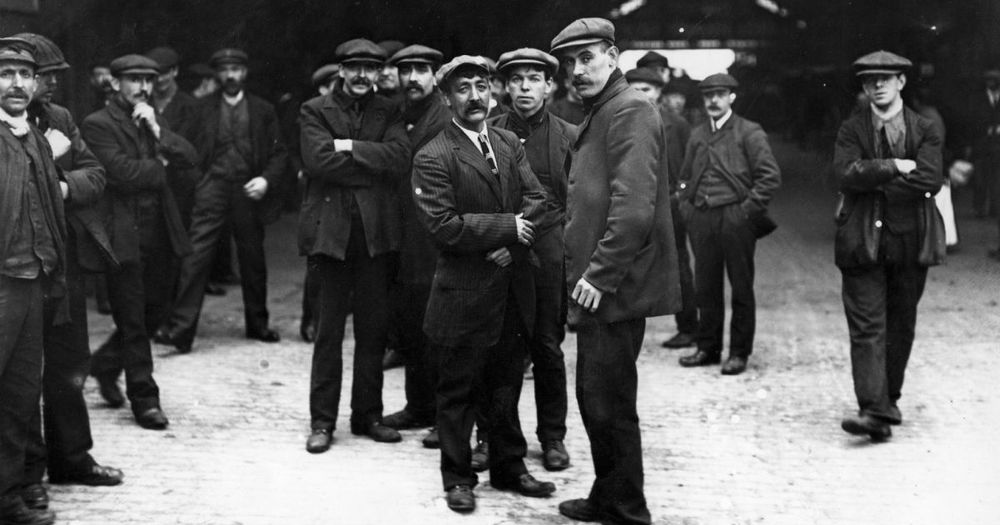
Titanic needed over 600 tons of coal per day to keep the enormous engines powered, so it left Southampton with over 6,000 tons of coal. That coal was shoveled into large boilers that had three furnaces. The employees, called firemen, shoveled coal into the furnaces in extremely hot and dirty conditions. Many of these men were among the first to die, as the rooms they worked in flooded and watertight doors automatically sealed in an attempt to keep the rest of the ship from flooding.
Titanic Had Four Stacks
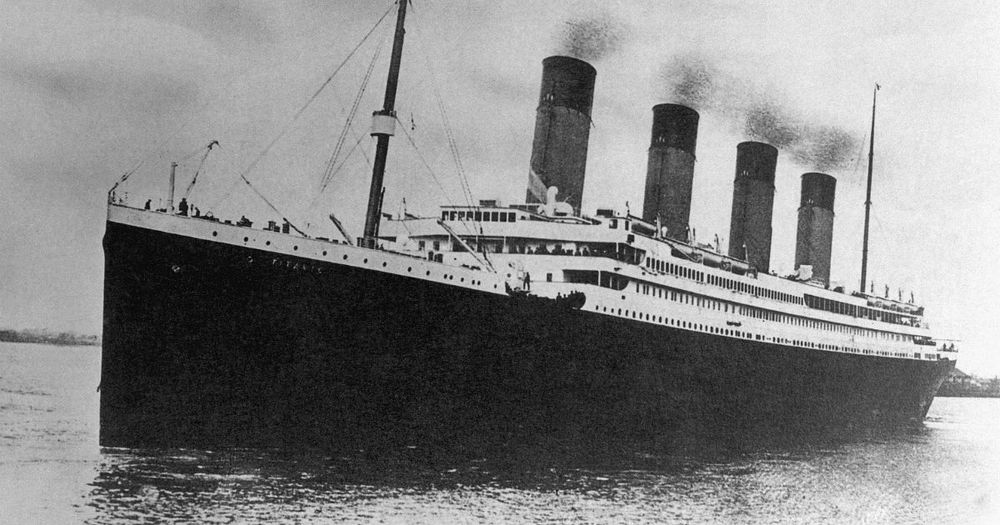
Titanic had four large funnels, also known as stacks. The engines of the ship ventilated the smoke through these funnels. Three of them worked as smoke stacks, and one as an air vent. When the boiler rooms began to take on water, there was a huge worry that the cold seawater hitting the warm steam stored in the funnels would cause them to explode. In an attempt to prevent this, the firemen and engineers had to quickly vent as much steam as possible from the stacks.
Many of the Crew Weren't Sailors
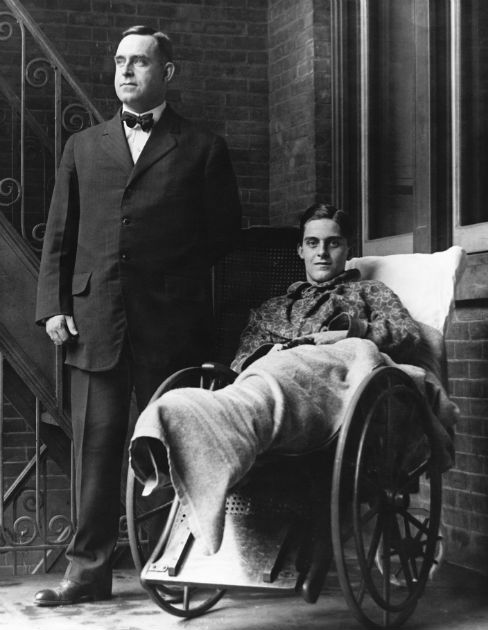
Waiters, waitresses, and maids were called stewards on Titanic. Out of the 421 stewards on the ship, only 60 survived, and 48 of them were women. Pictured above is steward Thomas Whiteley, whose leg was broken by a piece of falling debris as he boarded a lifeboat. Another stewardess, Violet Jessop, had been on Titanic’s sister ship, the RMS Olympic, when she collided with a British warship the year before. She survived that, the Titanic disaster, and the sinking of their other sister ship, the Britannic, four years later. She became known as “Miss Unsinkable.”
The Captain Did Not Make the Tough Call
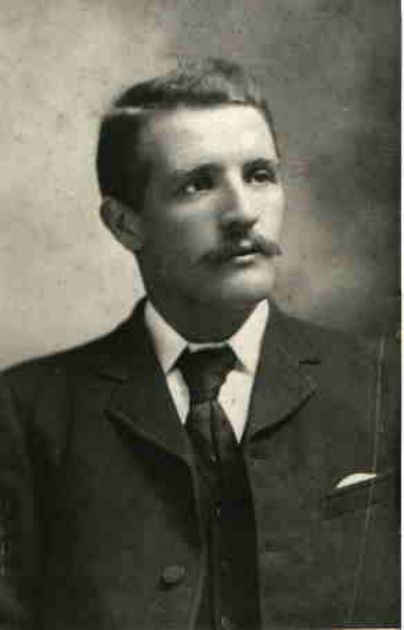
On the night of the sinking, Titanic Captain Edward J. Smith had retired for the evening, leaving First Officer William McMaster Murdoch in charge. When Murdoch received warning of the iceberg, he commanded that the ship turn immediately and the engines stopped. Unfortunately, it was already too late. Due to the massive size of the boat, it didn’t turn in time to avoid the collision and the starboard side struck the iceberg.
There Were Only Seconds Until Impact
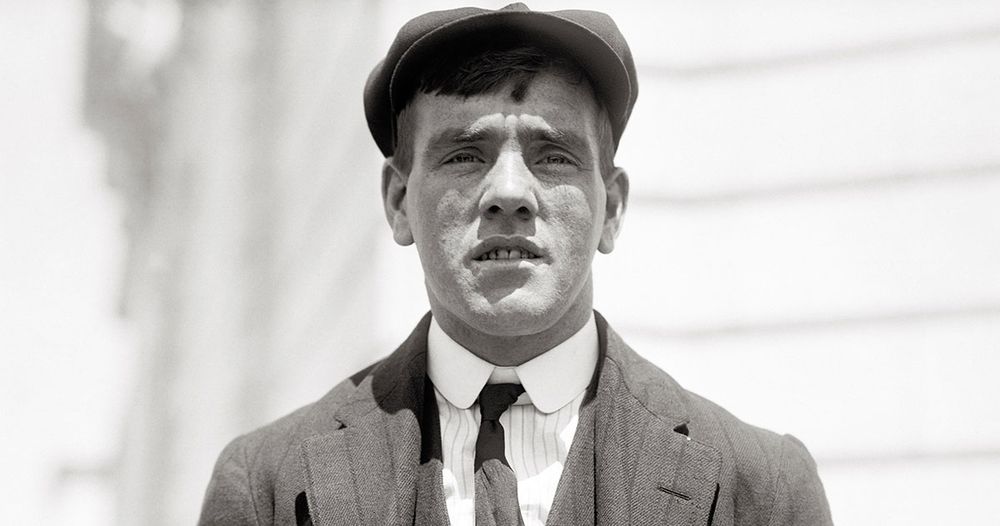
The iceberg was spotted by lookout Frederick Fleet (pictured) only about a minute before Titanic hit it. With the time it took to relay the message, officers at the bridge had only about 30 seconds to decide what to do, leaving them open to over a century of second-guessing. As it would happen, Fleet survived that night, but sadly suffered from depression for the remainder of his life, likely due to the tragedy of the sinking. He committed suicide by hanging in January 1965.
The Captain Was One of the Best
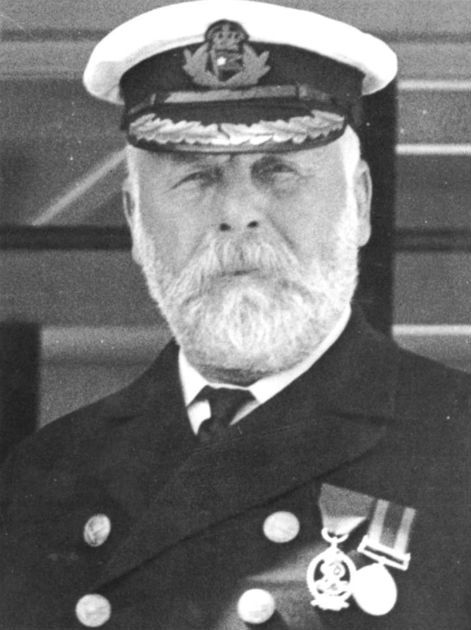
Edward J. Smith, the captain of the Titanic, had had a long and successful career with the White Star Line, having been transferred from Titanic’s sister ship, the RMS Olympic, especially for this maiden voyage. His last words to the crew were, “Well boys, do your best for the women and children, and look out for yourself.” Smith was planning on retiring after the voyage.
There Were Several Warnings of Ice From Other Ships
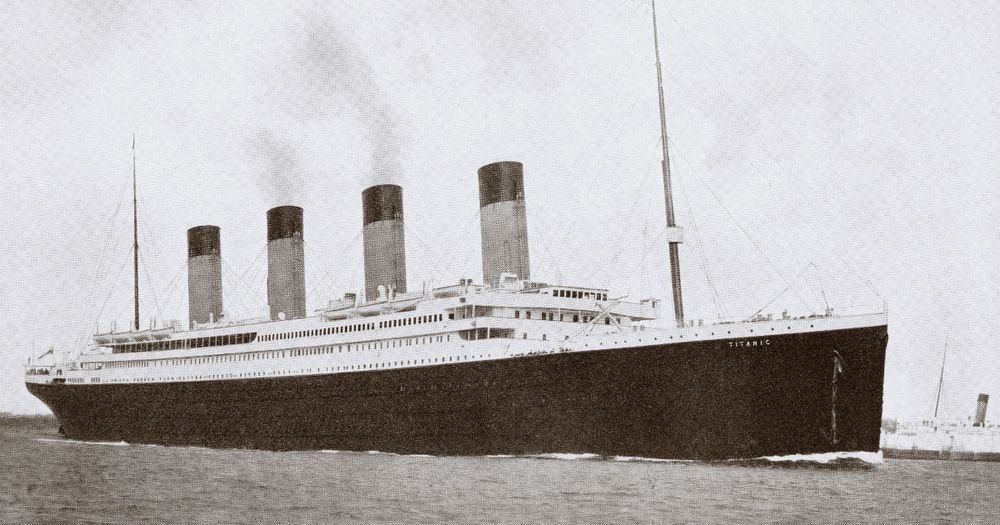
Titanic was warned about floating sea ice several times throughout the day leading up to the disaster. Several ships had reported “field and pack ice,” and had passed the messages on to Titanic. But because the radio operators had been dealing with a backlog of passenger messages from the previous day, only two of the six received made it to the bridge. Just nine minutes before the collision, the SS Californian had signaled that it had halted for the night in a field of ice. Tragically, radio operator Jack Phillips cut them off and signaled back that he was busy transcribing passengers messages.
There Were No Binoculars in the Crow's Nest
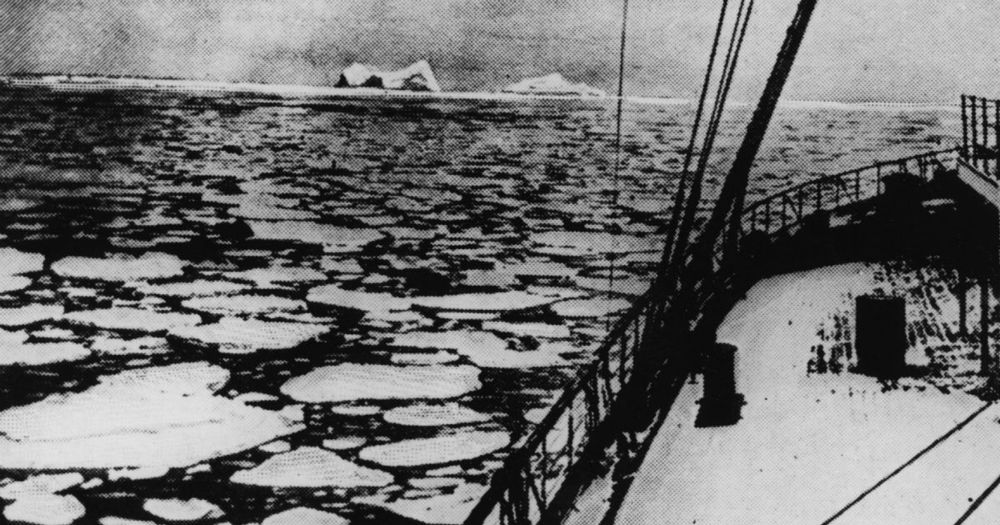
Due to a mix-up at the Southampton port, there were no binoculars in the crow’s nest. This didn’t matter much, however, given how dark of a night it was. Though it was clear, there was no moon, and the water was incredibly smooth and calm, making it impossible to distinguish whether waves were washing up against obstacles ahead. However, crewman Frederick Fleet who spotted the iceberg later testified at the investigation hearings that had he been issued binoculars, “We could have seen it (the iceberg) a bit sooner. Well, enough to get out of the way.”
They Had Already Sold Tickets for the Return Voyage
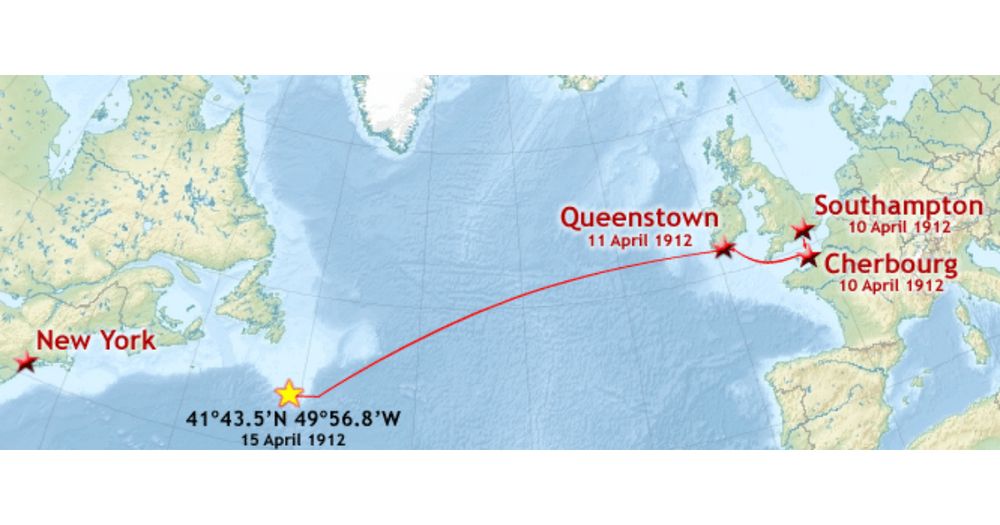
Before Titanic’s journey across the Atlantic began, she docked in two different boarding spots- Cherbourg, France and Queenstown, Ireland. She was supposed to make a stop in Manhattan to allow first- and second-class passengers to disembark, and then continue to Ellis Island so third-class passengers could go through immigration. Titanic had a return trip scheduled to leave New York on April 20th, and several more scheduled through the year, up to December 28.
A Record-Setting Sinking
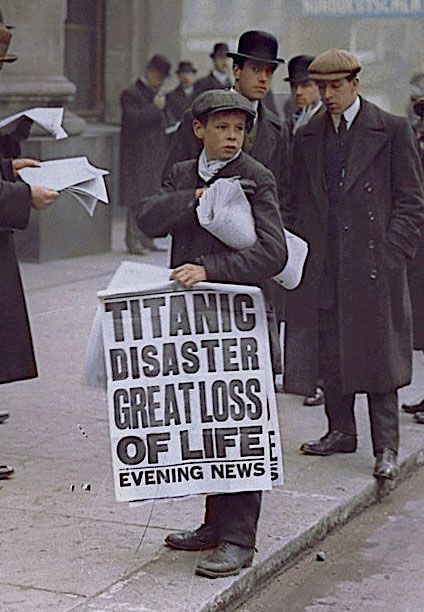
Once Titanic hit the iceberg, it took 2 hours and 40 minutes for the entire ship to sink. Ships in the past that had met that same fate took closer to 12 hours to fully submerge. If Titanic had taken that long, help would have arrived in plenty of time, as the Carpathia arrived on the scene at around 4 a.m.
The Iceberg Stayed Afloat Nearby
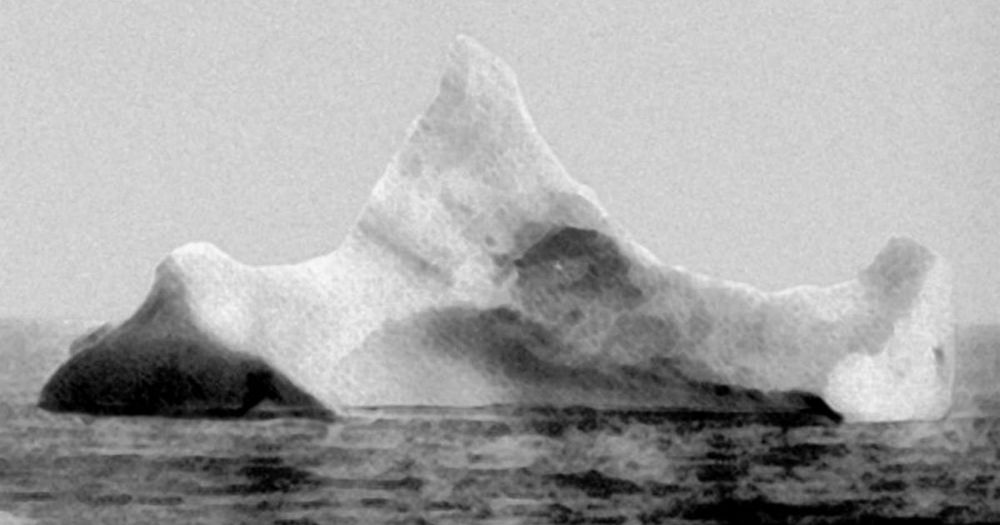
The day after Titanic sank, a steward on another ship took an ominous photo of a large iceberg. This photo, showing the clear black mark on the side of the berg, served as a chilling reminder of what happened the day before.
The Youngest Passenger Became Famous
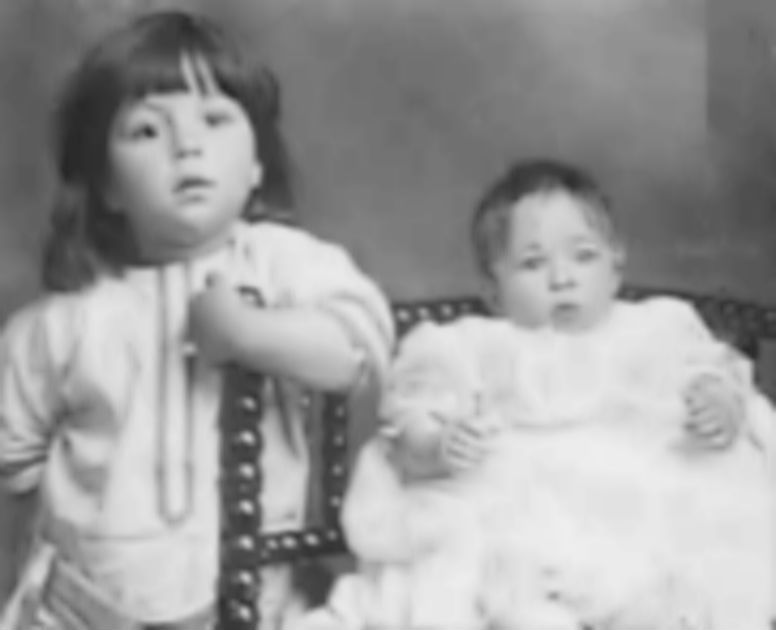
Elizabeth Gladys Millvina Dean, Titanic’s youngest surviving passenger, was only 9 months old when she boarded the ship with her mother, father, and her older brother, Bertram. She escaped with her mother and brother, but her father died in the sinking. Her family was supposed to be moving to America, but with the death of her husband, Gladys’ mother decided to move back to Southampton. Millvina was described as being “the darling of the ship” the whole way back to England.
There Are No Survivors Left
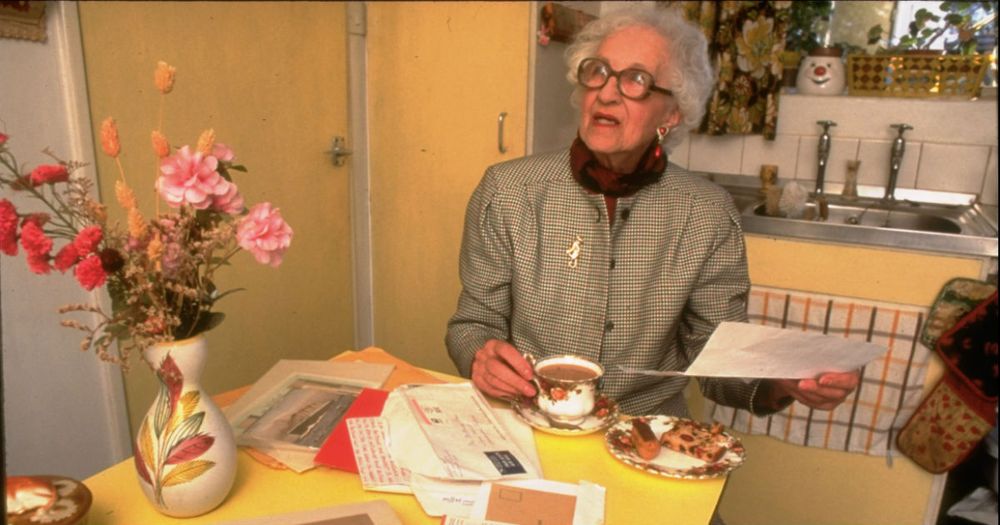
Millvina was the last living survivor of the Titanic wreck when she died in 2009, at the age of 97. After she died, she was cremated. Her ashes were scattered from the docks in Southampton, where she boarded Titanic with her family as an infant.
Titanic's Eateries
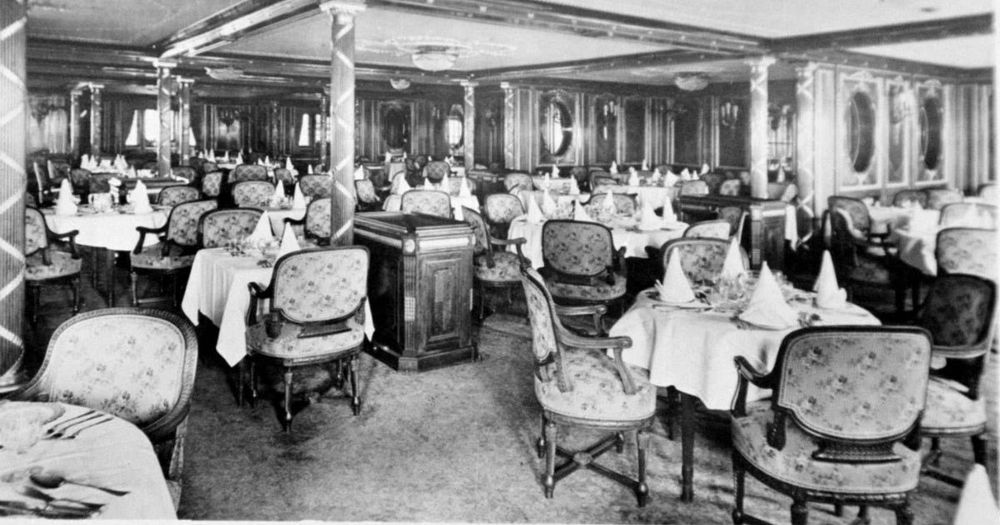
On the B deck of the ship, à la Carte Restaurant was for first-class passengers only. Between this, the other café on board, and the regular dining hall, the first-class passengers had plenty of interesting meal options while on board. À la Carte was owned by an Italian businessman named Luigi Gatti, who died on Titanic. Of the restaurant’s full staff of 66 people, only one male clerk and two female cashiers survived.
She Was Modeled After the Ritz Hotel
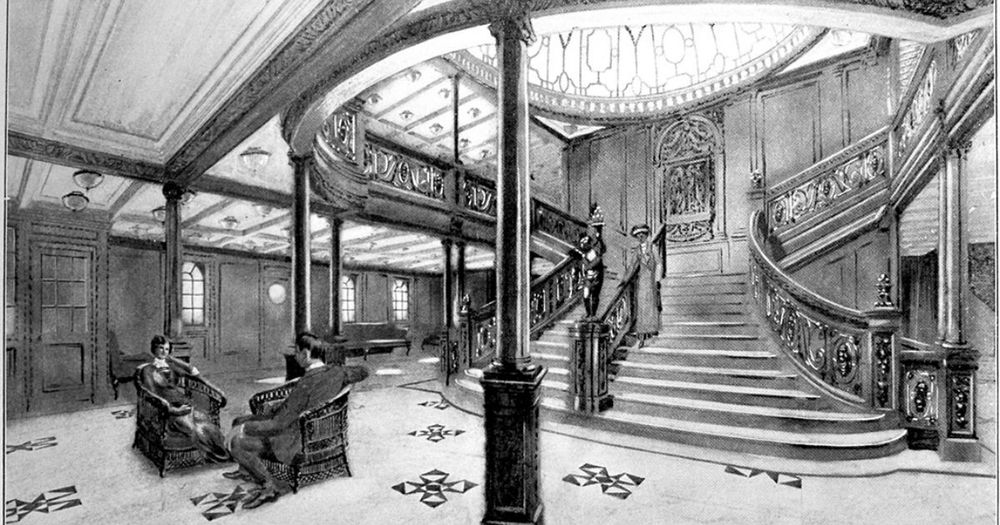
Rumor has it that Titanic’s luxurious interior was inspired by the world-renowned Ritz Hotel in London. It featured a grand staircase, squash courts, a swimming pool, and a state-of-the art gym. There were also several lounges, reading rooms, and smoking rooms. It was designed to be the absolute height of luxury.
The Orchestra Played Happy Tunes
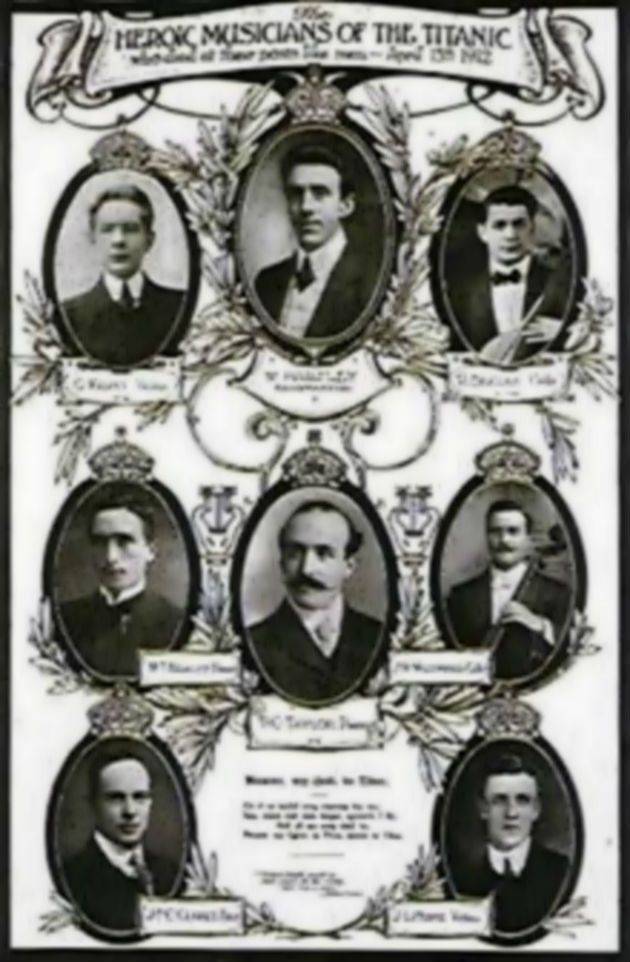
As seen in the movie, the orchestra played music during the sinking. They were trying their hardest to console the passengers. Most of the time they weren’t playing sad, mournful music- This would be seen as a bad omen and would only create more panic. Instead, they played ragtime and upbeat dance music. Only in the end, when doom was certain, did they begin to play hymns at the request of stranded passengers. There’s debate to this day as to what the band’s final song was.
There Weren't Enough Rafts for Everyone
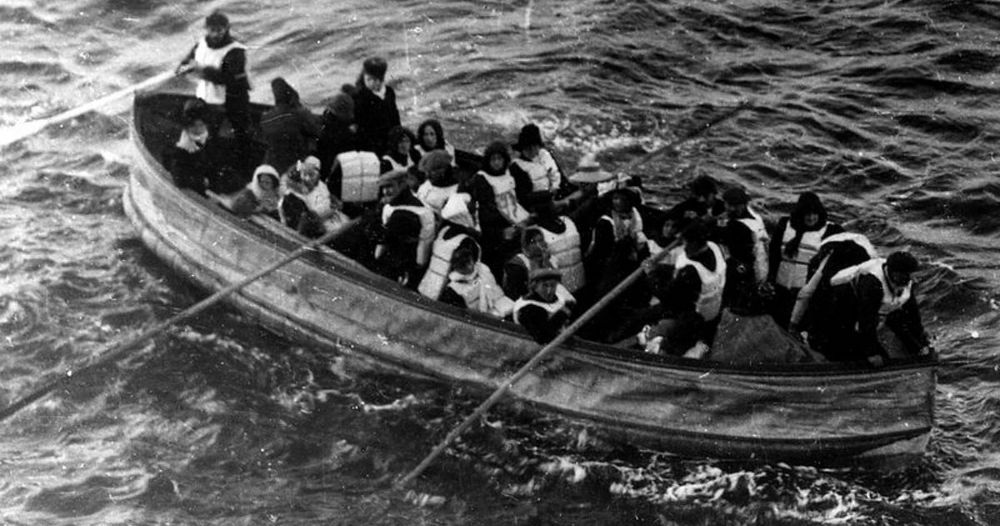
Many lives could have been saved if life rafts had been taken more seriously. To begin with, there were only 20 rafts, only enough to accommodate about a third of the ship’s capacity. She had room for 64, but the White Star Line wanted uninterrupted views of the ocean, and rafts at the time were only meant to ferry passengers from one ship to a rescuing ship. A situation where the ship sank in just under three hours was unimaginable. The crew was also not properly trained with the boats. They had only run one drill, and even then, most of the crew did not know their intended positions. Many have said that even if the ship had all 64 boats, it’s doubtful that they would have all been successfully launched because of the lack of training.
Many Were Never Found
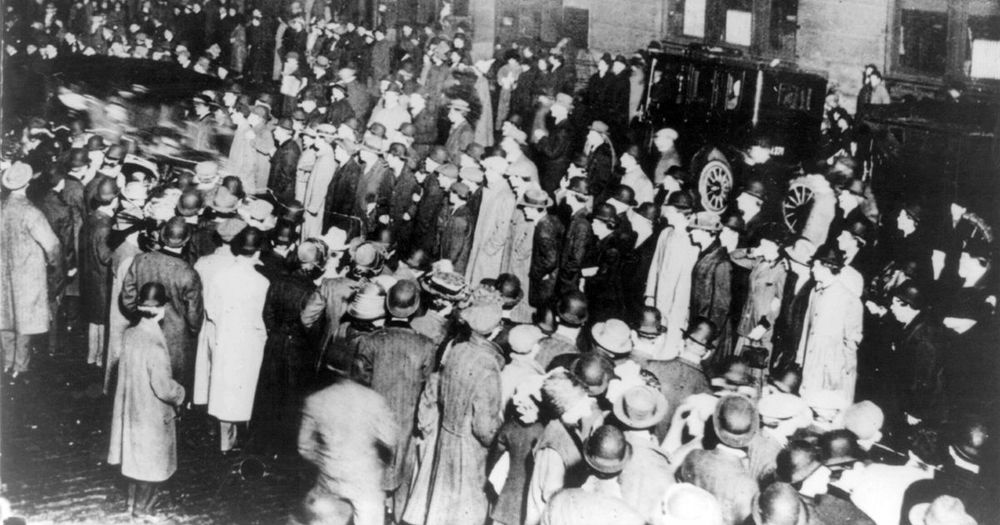
Eight ships were used to search for and collect dead bodies from the Atlantic. Many of the bodies were unidentifiable, and received burials at sea. Some were not found until a month later, as was the case with the bodies left floating in collapsible boat A, which were found by the RMS Oceanic. Only one-third of the bodies were ever recovered.
The Ship Didn't Stay Intact
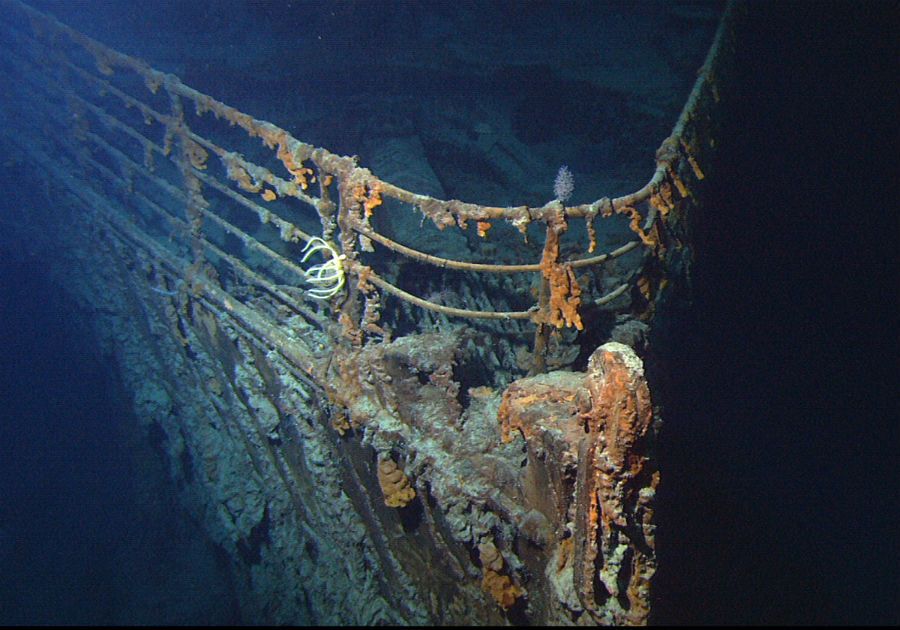
Experts believe that it only took 15 minutes for Titanic to take its final resting place on the ocean floor after it sank below the surface. It sank so quickly that it dug large holes into the seafloor where it landed. The force of the impact caused the decks to collapse on top of one another, further pancaking the wreck onto the seabed.
The Wreck Took 73 Years to Find

Since the wreckage of Titanic was so deep in the ocean, it took a long time to find it. This difficulty was compounded by the fact that inaccurate coordinates of its location were provided before it sank, so scientists, historians, and divers were looking for it for decades. It was finally found, in 1985, by Robert Ballard, to great notoriety.
A Ticket for the Titanic Is Still Expensive
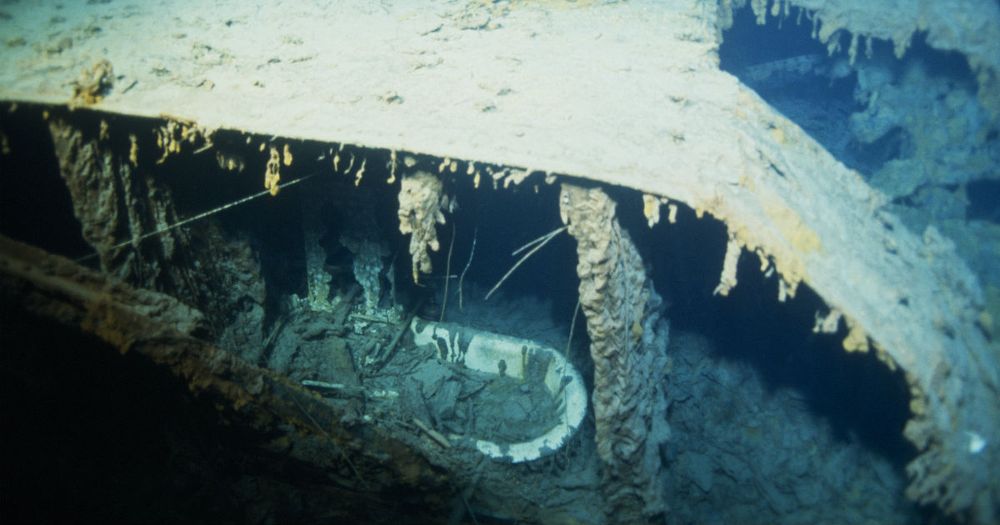
What many people don’t know is that you can actually visit Titanic on the ocean floor. It’s decomposing somewhat quickly now, so it won’t be there forever, and you can only go if you have pretty deep pockets. A ticket to take a private party down to the wreckage costs $59,000 per person. Anyone rich enough can take the plunge through a private company called Deep Ocean Expeditions.
There Might Be a Titanic II
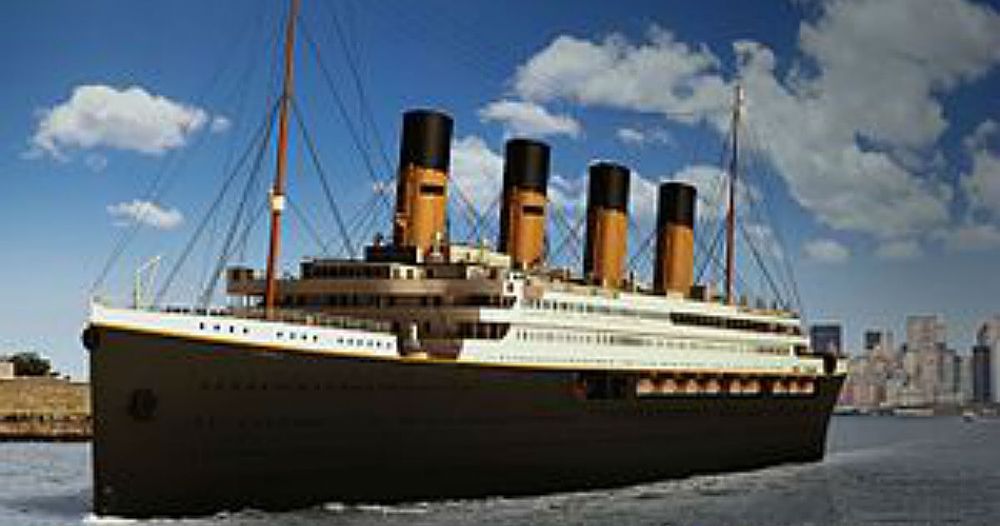
An Australian millionaire named Clive Palmer made plans to build a replica of Titanic, called Titanic II. It was originally planned for 2016, then pushed to 2018. As recently as October 2018, the project now has a scheduled 2022 launch date. It is worth noting that Palmer is famed for coming up with bizarre schemes that he never sees through, like a Jurassic Park replica on his golf resort and a commercial Zeppelin company. It’s just as well if it doesn’t come to fruition, because many saw the Titanic II plan as rude and insensitive.
George Washington Vanderbilt II Changed His Plans Last Minute
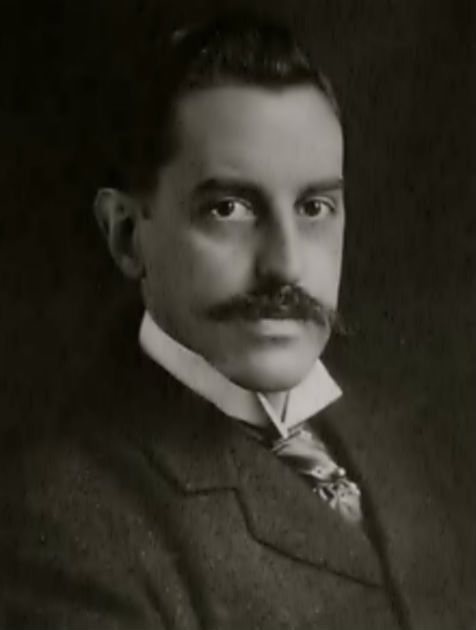
George Washington Vanderbilt II was the grandson of Cornelius Vanderbilt, heir to the Vanderbilt fortune. He was scheduled to be on Titanic, but his sister-in-law talked to him about the potential problems of traveling on a ship on its maiden voyage, and he changed his mind a few days before it left. He did, however, send his luggage and one of his servants on Titanic. The servant, a second-class male, (the group with the highest mortality rate aboard the ship) died.
Theodore Dreiser Nearly Met Disaster
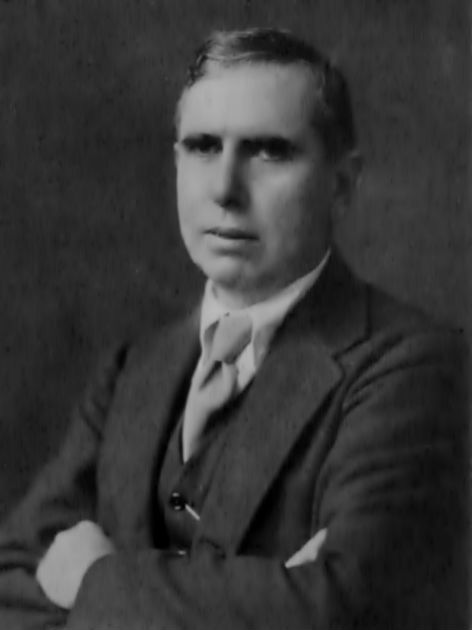
Famous author Theodore Dreiser also changed plans and did not board the ship, heeding advice from his publisher to take a less expensive one. After the sinking of Titanic, he wrote, “To think of a ship as immense as the Titanic, new and bright, sinking in endless fathoms of water. And the two thousand passengers routed like rats from their berths only to float helplessly in miles of water, praying and crying!”
Henry Clay Frick Was Saved by a Sprained Ankle
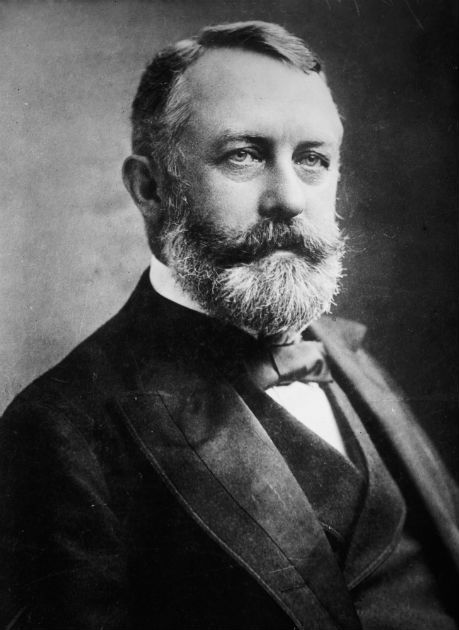
American steel tycoon Henry Clay Frick intended to go on Titanic. However, his wife sprained her ankle days before the trip, and they decided that it would be better for her to stay back and rest. Definitely goes down as the luckiest sprained ankle of all time.
Guglielmo Marconi's Personal Paperwork Kept Him Alive
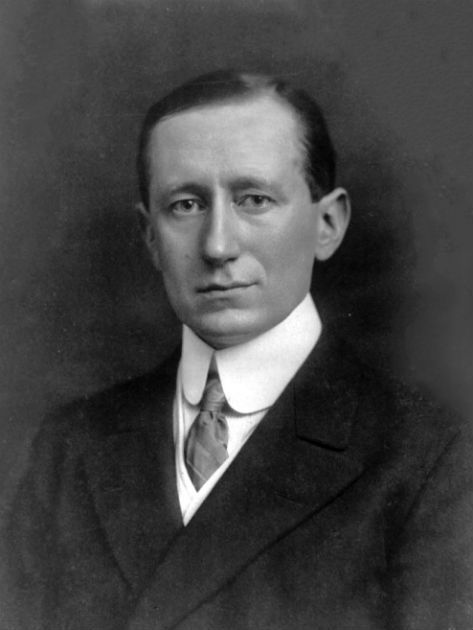
Nobel Prize winner and noted telegraph inventor Guglielmo Marconi had been offered free passage on Titanic, but decided to travel on the Lusitania instead. His daughter later said that it was because he had paperwork to do, and he preferred the telegraph operator on that ship to the one on Titanic.
Alcohol-Fueled Survival
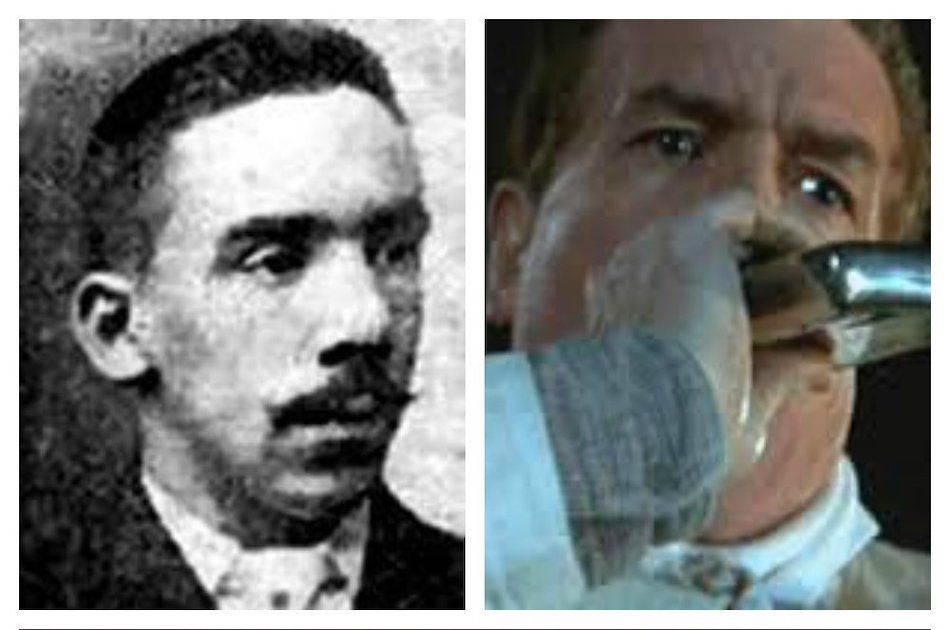
The Titanic’s head baker Charles Joughin survived the sinking, by holding on to the ship and “riding” it down as it sank, then reportedly swimming in the freezing waters of the Atlantic for near two hours before being picked up by a lifeboat. According to Joughin, he was able to keep calm and stay afloat thanks to the generous amount of whiskey he drank prior to abandoning ship. He was played by Liam Tuohy in the James Cameron film.
Economic Inequality Indeed
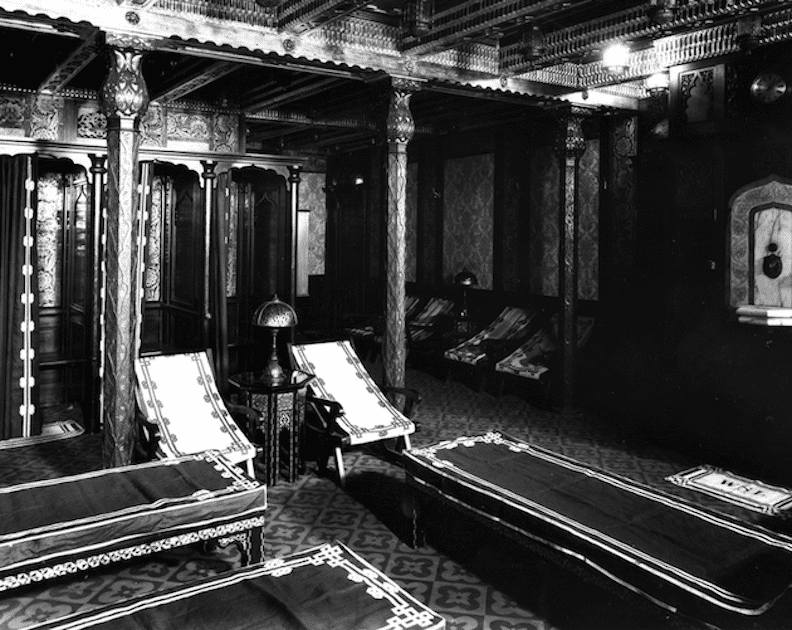
One of the Titanic’s most opulent, luxury areas was its large Turkish Bath. The area, which included steam rooms and massage tables were available only to first class passengers. On the other hand, the 700 third class passengers had to share two bathtubs.
Engineers Made the Ultimate Sacrifice
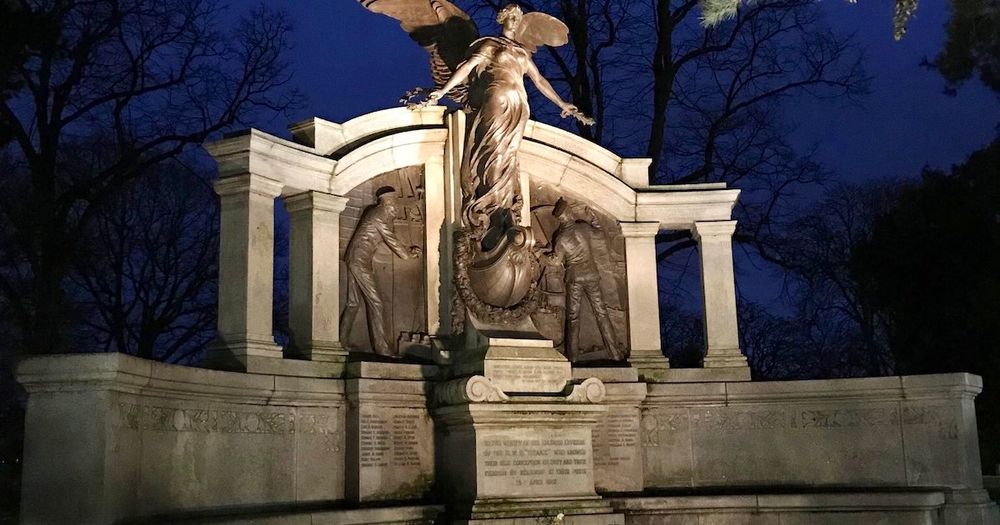
Each and every one of Titanic’s engineers died in the sinking, as they remained belowdecks keeping the power running so that others could escape as long as possible instead of attempting to abandon ship. A memorial for the heroic Titanic engineers (pictured above) was built in Southampton in 1914.
A Tragic Headline
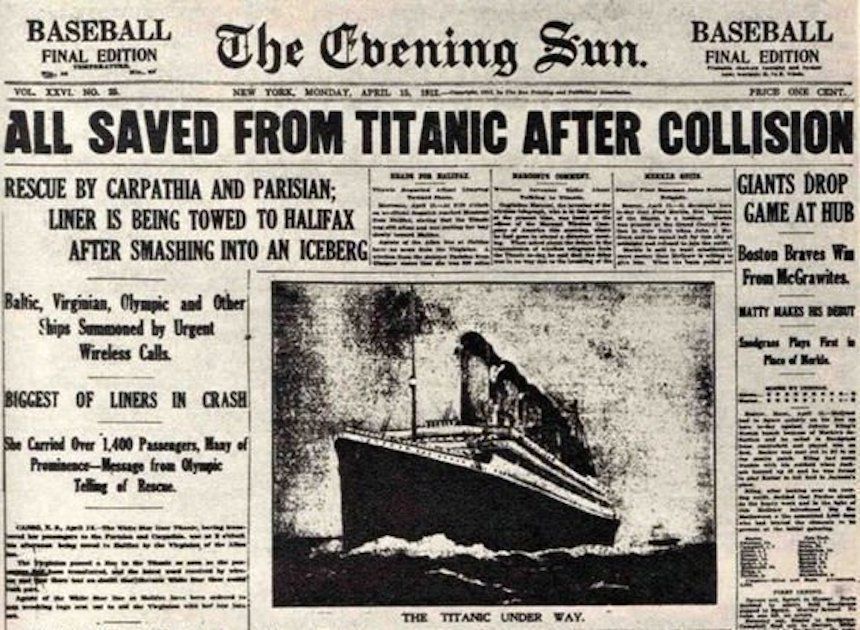
The very first newspaper accounts of the Titanic disaster incorrectly reported that no lives were lost. Sadly it took a few days before the truth came out.
Haunted Honeymoon
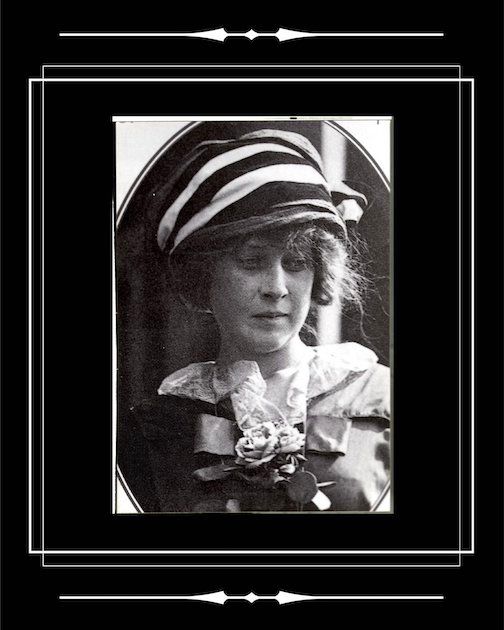
13 couples were celebrating their honeymoons on the Titanic’s maiden voyage, including the aforementioned John Jacob and Madeleine Astor (pictures). Of those couples, three were completely killed in the sinking, four saw one half of the couple live while the other perished, and six couples survived.
The Mysterious Cancelled Lifeboat Drill
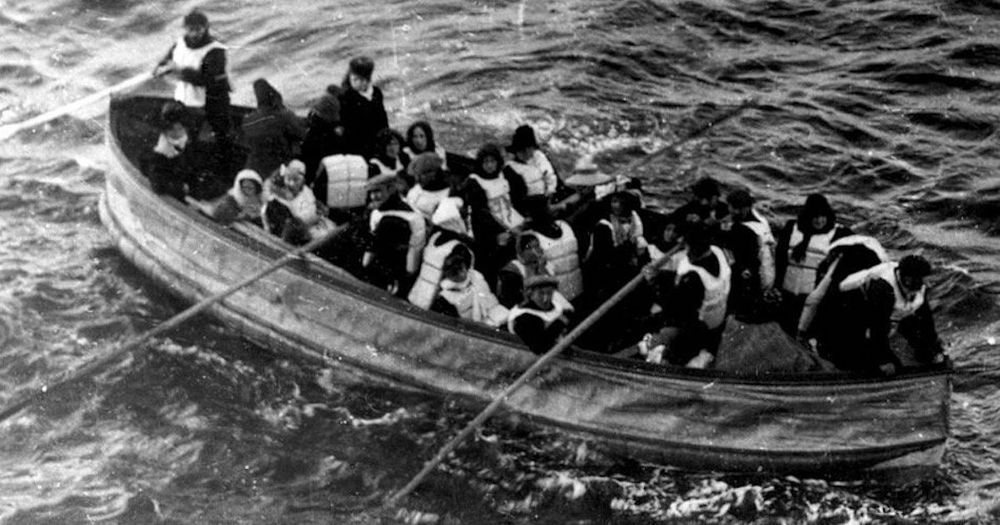
A lifeboat drill was scheduled for the morning of April 14, the day the Titanic struck the iceberg. For unknown reasons, the drill was cancelled by Captain Smith. While it’s unlikely that many more lives would have been saved had the drill happened, its cancellation still feels like an ominous coincidence.
Quick Links
